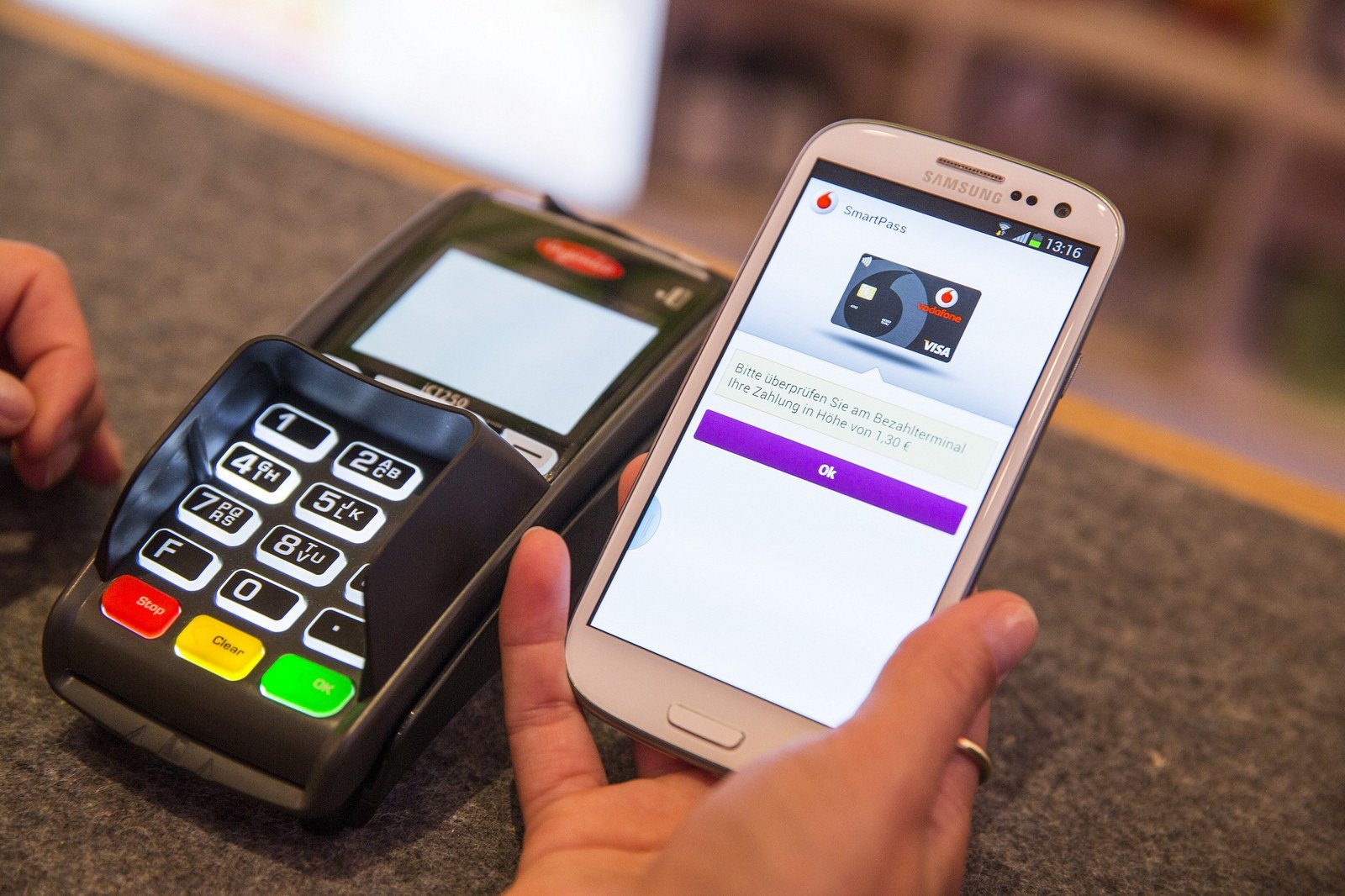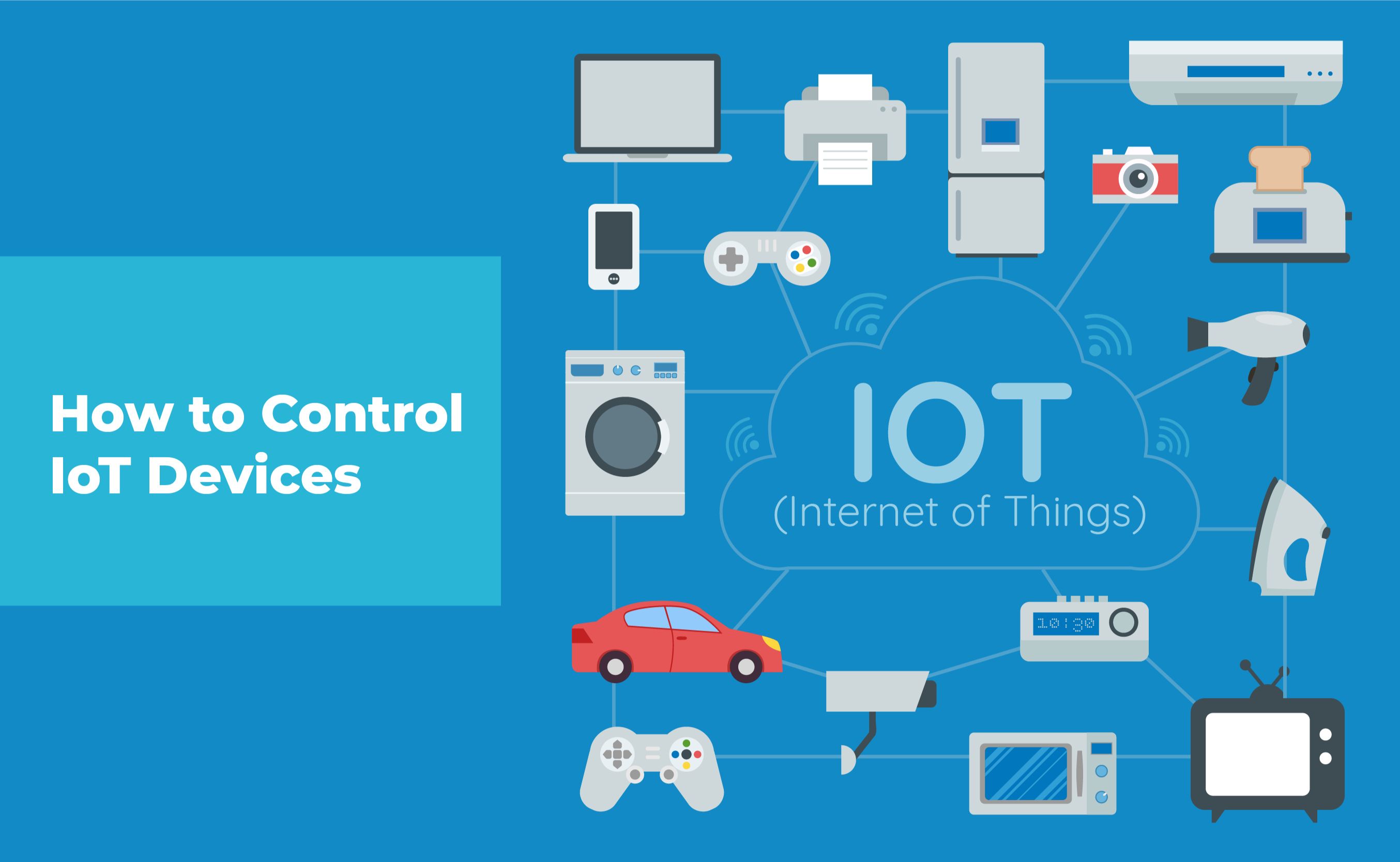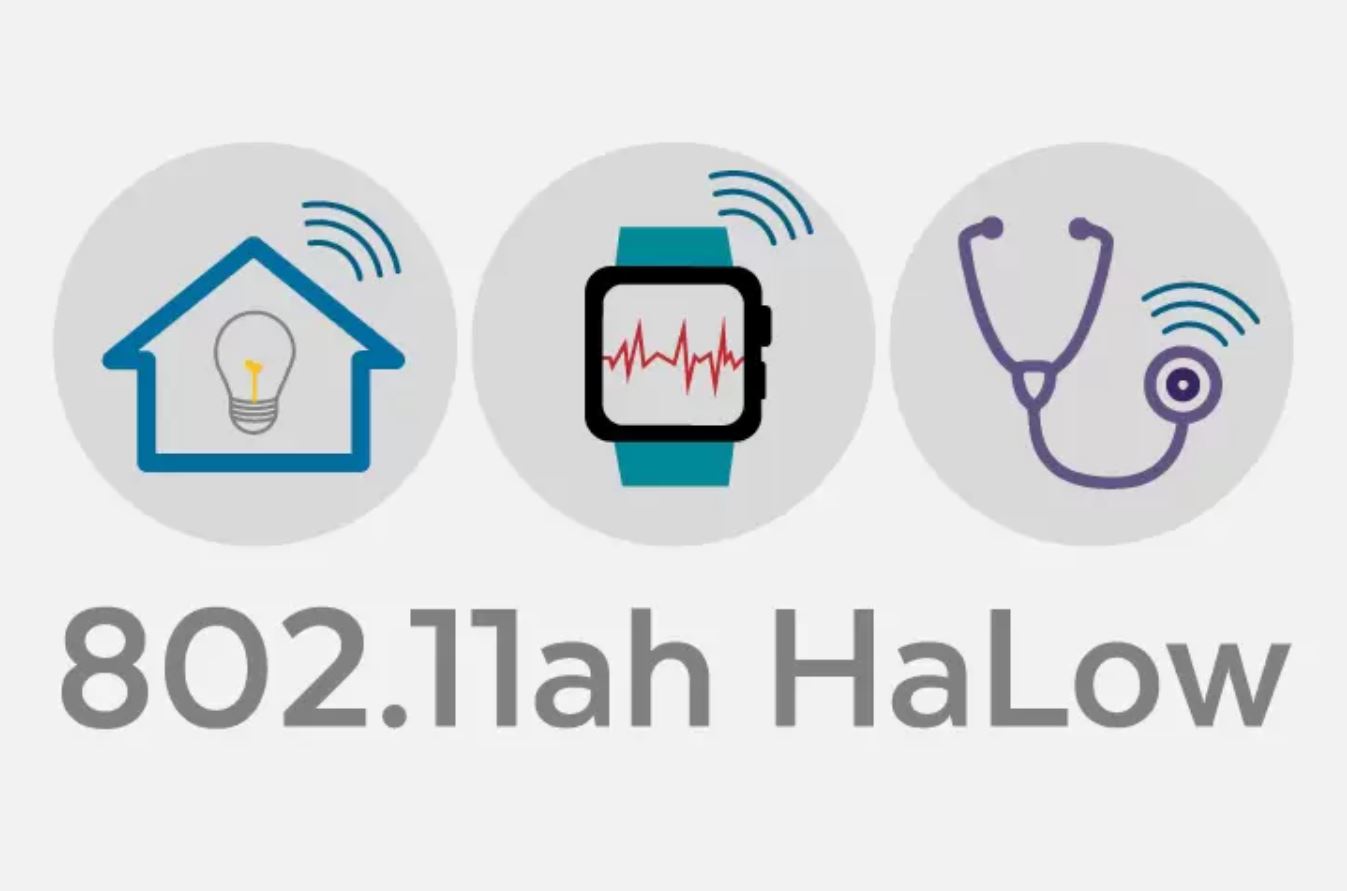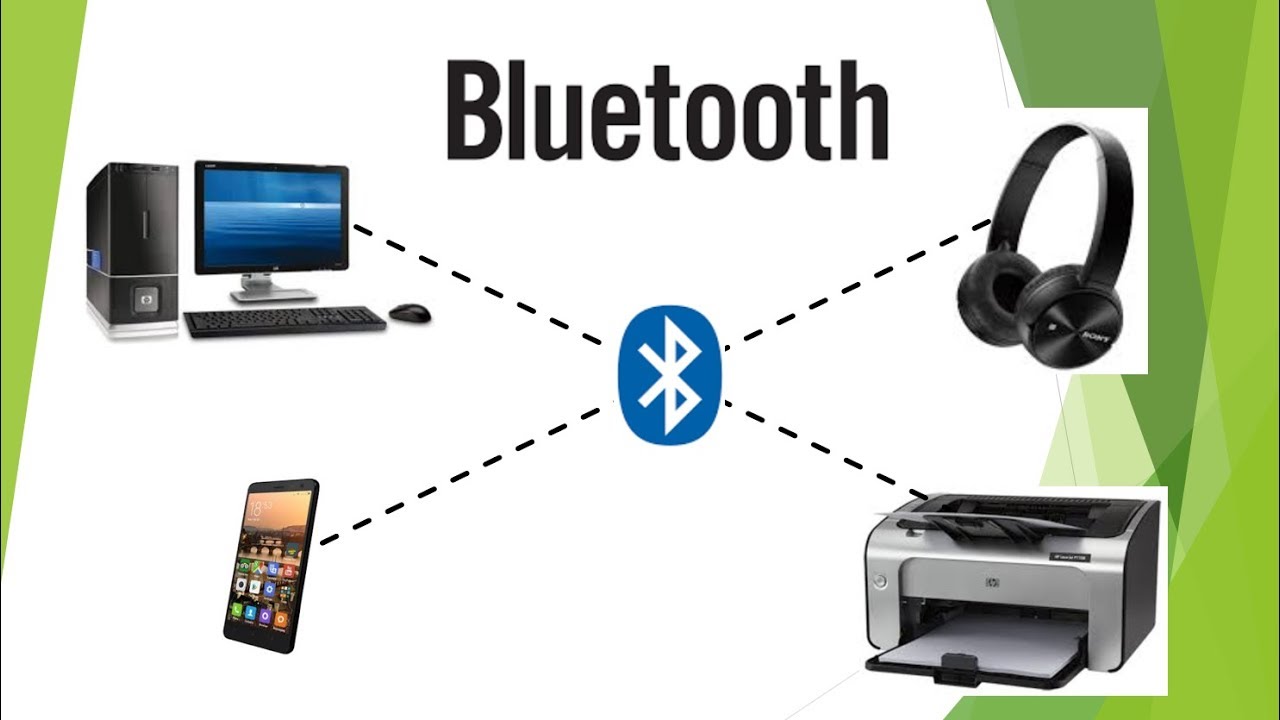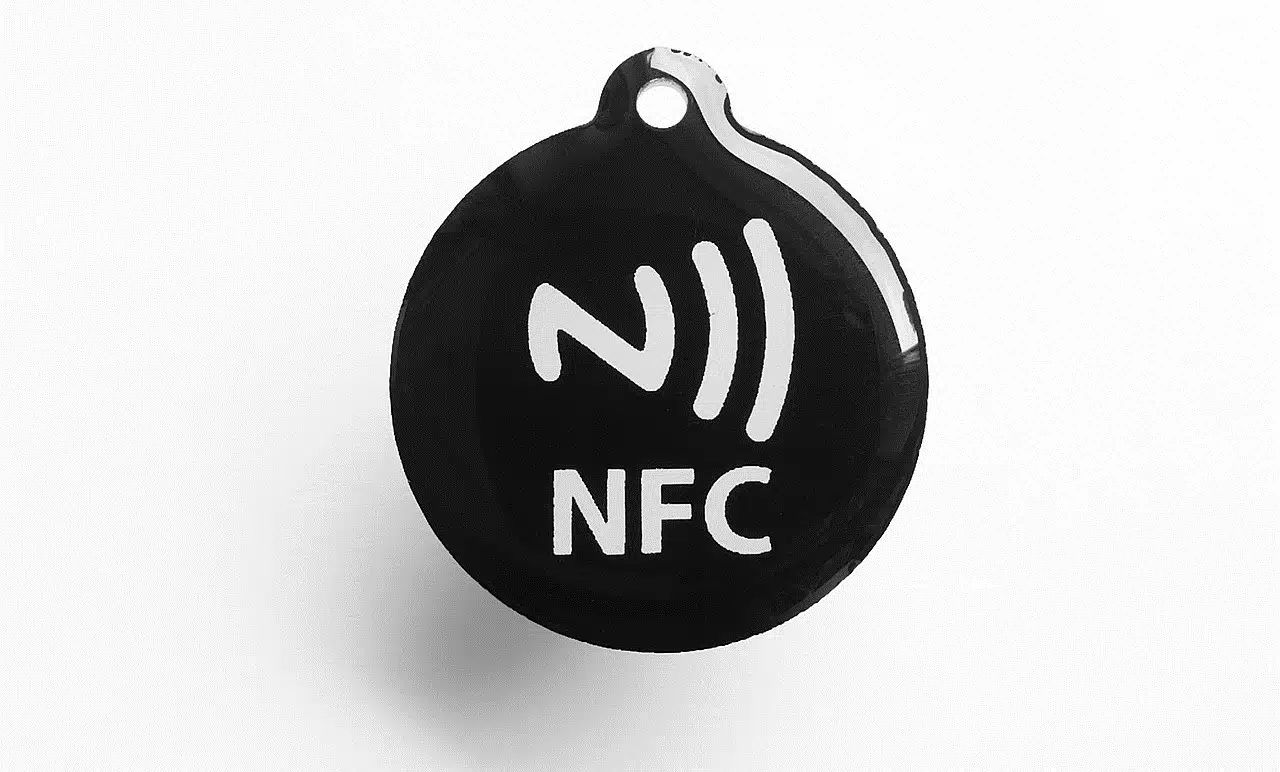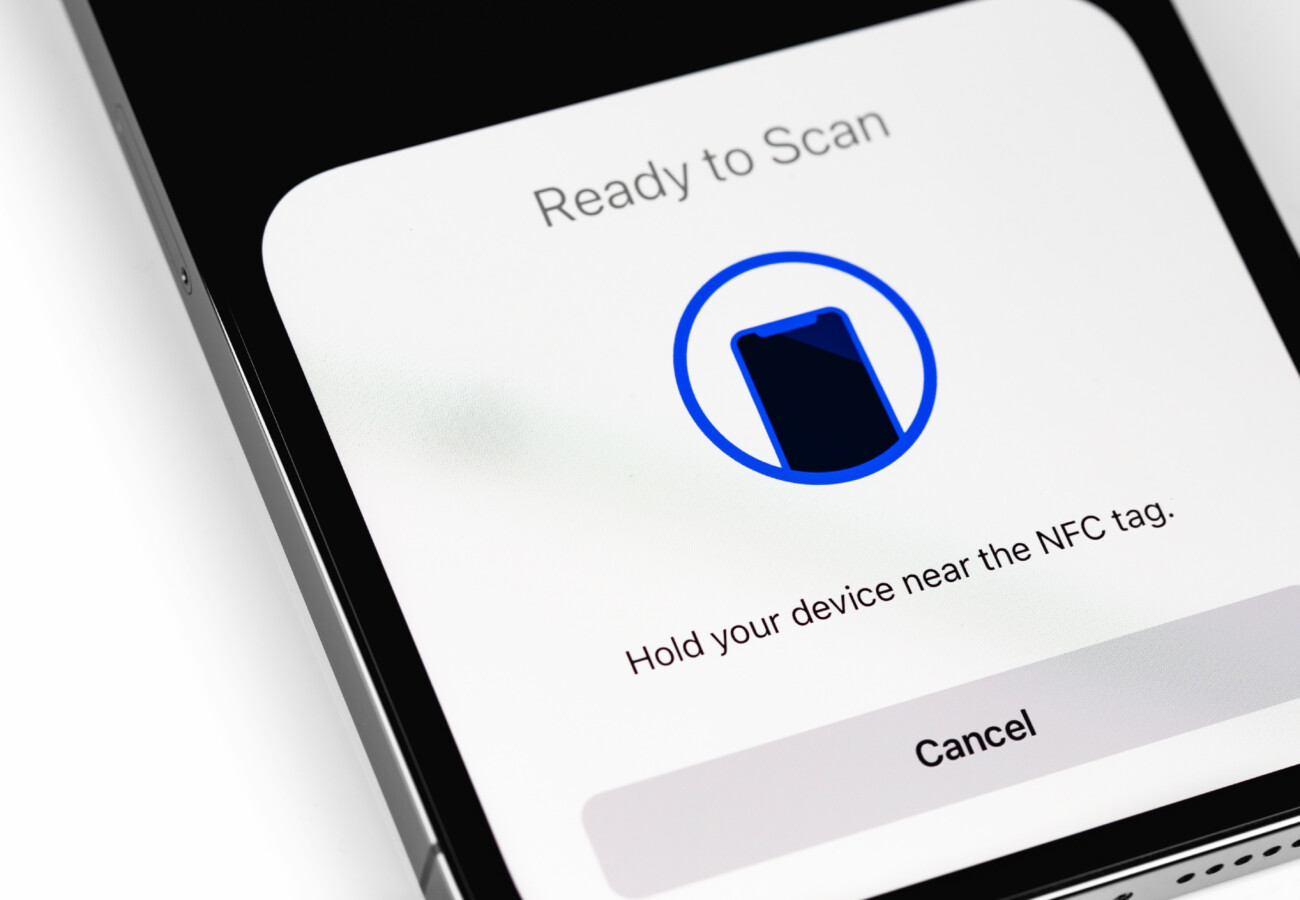Introduction
When it comes to ensuring the safety and security of our homes or businesses, implementing a comprehensive security system is essential. With the advancements in technology, the Internet of Things (IoT) has revolutionized the way we approach security systems. IoT devices have become an integral part of modern security solutions, offering enhanced monitoring capabilities, real-time alerts, and seamless integration with other smart devices.
In this article, we will explore the different IoT devices that are typically paired with security systems to provide comprehensive and effective protection. From smart cameras that offer video surveillance to door locks that can be controlled remotely, these devices play a crucial role in safeguarding our premises.
By understanding the capabilities and functions of these IoT devices, we can make informed decisions about which ones to incorporate into our security systems. So, let’s dive in and discover the various IoT devices that are commonly coupled with security systems to create a robust and reliable security infrastructure.
Smart Cameras
Smart cameras are a cornerstone of modern security systems. These intelligent devices combine high-resolution video recording with advanced features to provide comprehensive surveillance. They are often placed strategically inside and outside the premises to monitor activities and detect any suspicious behavior.
One of the key advantages of smart cameras is their ability to connect to the internet, allowing for remote access and real-time viewing via a smartphone or computer. This enables homeowners or business owners to monitor their property from anywhere at any time.
Smart cameras are equipped with motion detection sensors, which trigger recordings and send notifications when movement is detected. This feature is particularly useful in identifying potential intruders or unauthorized access attempts.
Furthermore, many smart cameras come equipped with night vision capabilities, allowing for clear monitoring even in low-light conditions. This ensures that the premises are under surveillance 24/7, irrespective of the time of the day.
Some advanced smart cameras also offer facial recognition technology, which can identify familiar faces and distinguish them from unknown individuals. This feature adds an extra layer of security by generating alerts if someone unfamiliar is detected.
In addition to their security benefits, smart cameras can also act as a deterrent. The visible presence of these devices can discourage potential criminals or vandals, as they know that their activities are being recorded.
In summary, smart cameras are a crucial component of security systems, providing continuous monitoring, remote access, motion detection, night vision, and even facial recognition capabilities. By incorporating smart cameras into your security system, you can enhance the safety and protection of your property.
Door and Window Sensors
Door and window sensors play a vital role in securing the entry points of a property. These small, discreet devices are typically placed on doors and windows to detect any unauthorized opening or tampering.
Door and window sensors work on the principle of a magnetic contact switch. They consist of two components – a sensor and a magnet. When the door or window is closed, the sensor and magnet are in close proximity, creating a closed circuit. When the door or window is opened, the magnet moves away from the sensor, breaking the circuit and triggering an alert.
One of the primary benefits of door and window sensors is their simplicity and ease of installation. They can be easily mounted on doors, windows, or even cabinets without the need for complex wiring or extensive modifications.
These sensors communicate wirelessly with the security system’s control panel and can be configured to send instant notifications to the homeowner or security monitoring service when activated. This ensures prompt action can be taken in the event of a breach.
With advancements in technology, door and window sensors have become more sophisticated. Some sensors are equipped with additional features, such as vibration detection or glass-break detection. These features can detect forced entry attempts or if a window is shattered, providing an added layer of security.
Furthermore, door and window sensors can be integrated with home automation systems. This enables homeowners to automate various tasks based on the status of doors or windows. For example, when a door is opened, the lighting can be programmed to turn on automatically, or the HVAC system adjusts for energy efficiency.
In summary, door and window sensors are integral components of security systems, offering reliable and effective monitoring of entry points. Their ease of installation, wireless communication, and ability to integrate with home automation systems make them a popular choice for enhancing the security and convenience of any property.
Motion Detectors
Motion detectors, also known as motion sensors, are essential components of a comprehensive security system. These devices play a crucial role in detecting any movement within a designated area and triggering appropriate actions, such as sounding an alarm or activating surveillance cameras.
There are various types of motion detectors available, including passive infrared (PIR) sensors, microwave sensors, and dual technology sensors. PIR sensors, the most commonly used type, detect changes in infrared energy emitted by living beings. Microwave sensors, on the other hand, emit microwave pulses and detect changes in the frequency reflected back. Dual technology sensors combine both PIR and microwave technologies to minimize false alarms.
Motion detectors are typically installed in key areas of the property, such as hallways, entryways, or common areas, where movement is expected to be minimal or unauthorized. They are designed to track changes in heat or movement and can differentiate between human activity and other disturbances, such as pets or moving objects.
When a motion detector detects movement, it sends a signal to the security system’s control panel. The control panel then initiates the appropriate response, such as activating an alarm or recording video footage. Additionally, motion detectors can be connected to smart home systems, allowing homeowners to receive real-time alerts on their smartphones.
One of the advantages of motion detectors is their ability to function in both armed and disarmed security modes. In armed mode, they become an active part of the security system, triggering an alarm if unauthorized movement is detected. In disarmed mode, they can still provide valuable information about the activities within the premises, enhancing situational awareness without setting off an alarm.
Moreover, motion detectors can contribute to energy efficiency by automatically turning on or adjusting lights in areas where activity is detected. This not only enhances security but also helps to reduce energy consumption.
In summary, motion detectors are crucial components of a security system, providing reliable detection of movement and ensuring prompt response to potential threats. Their ability to differentiate between human activity and other disturbances, along with their integration with smart home systems, makes them an indispensable part of any comprehensive security setup.
Smoke and Carbon Monoxide Detectors
Smoke and carbon monoxide detectors are essential IoT devices that provide early warning and protection against potential fire hazards and the silent threat of carbon monoxide poisoning. These detectors are designed to monitor the air quality within a property and trigger an alarm when smoke or elevated levels of carbon monoxide are detected.
Smoke detectors are typically installed in various areas throughout a building, such as bedrooms, hallways, and living areas. They are equipped with sensors that can detect the presence of smoke particles in the air. When smoke is detected, the alarm is activated, alerting occupants of the potential fire danger.
Carbon monoxide detectors, on the other hand, monitor the levels of this odorless and colorless gas that can be emitted from household appliances, such as furnaces, water heaters, or wood-burning stoves. Elevated levels of carbon monoxide can be life-threatening, as it can lead to carbon monoxide poisoning. The detectors are designed to sense the gas and sound an alarm before dangerous levels are reached.
One of the key benefits of smart smoke and carbon monoxide detectors is their ability to send real-time notifications to homeowners’ smartphones, even when they are away from home. This provides peace of mind, as any potential dangers can be addressed promptly, and emergency services can be contacted if necessary.
Furthermore, these detectors can be interconnected, allowing them to communicate with each other throughout the property. When one detector detects smoke or carbon monoxide, all interconnected detectors will sound their alarms, ensuring that everyone in the premises is alerted, regardless of their location.
Some advanced smoke and carbon monoxide detectors also come equipped with additional features, such as built-in emergency lights to help navigate in smoky conditions or voice alerts to provide specific information about the nature of the threat.
Regular maintenance and testing of these detectors are crucial to ensure their proper functionality. It is recommended to change the batteries regularly and run test routines to verify that the detectors are in working order.
In summary, smoke and carbon monoxide detectors are vital IoT devices that provide early warning and protection against fire hazards and carbon monoxide poisoning. Their ability to send real-time alerts, interconnectivity, and additional features make them indispensable components of a comprehensive security system.
Door Locks
Door locks are an integral part of any security system, serving as the primary barrier against unauthorized access. With the evolution of IoT technology, traditional key-based locks have been upgraded to smart door locks, offering enhanced convenience, control, and security.
Smart door locks are designed to be connected to the internet, allowing homeowners to remotely lock or unlock their doors using a smartphone app or a web interface. This eliminates the need for physical keys and provides the flexibility to grant access to visitors or service providers even when not at home.
There are various types of smart door locks available, including keypad locks, fingerprint recognition locks, and proximity locks. Keypad locks require a user to enter a unique PIN code to unlock the door. Fingerprint recognition locks use biometric technology to identify authorized individuals by their fingerprints. Proximity locks, also known as keyless entry locks, automatically unlock the door when an authorized key fob or smartphone is in close proximity to the lock.
Smart door locks also offer advanced features such as activity logs, which provide a record of lock/unlock events, allowing homeowners to monitor access and track who has entered or exited the premises. Some locks also allow for temporary or scheduled access codes, making it convenient to provide temporary access to guests or service providers.
In terms of security, smart door locks often incorporate encryption and other security measures to protect against hacking or unauthorized access. Additionally, many smart locks have built-in alarms that can sound if someone tries to tamper with or force open the door.
For added convenience, smart door locks can be integrated into a larger smart home ecosystem, allowing for seamless automation and remote control of various connected devices. For example, when the door is unlocked, the lights can turn on, the thermostat can adjust, and the security cameras can activate.
In summary, smart door locks provide enhanced convenience, control, and security compared to traditional key-based locks. With features like remote access, biometric recognition, and integration with other smart devices, these locks offer an effective means of securing the entry points of a property.
Alarm Systems
Alarm systems are a crucial component of any comprehensive security setup. These systems are designed to detect and deter potential intruders, providing an extra layer of security for homes and businesses.
Alarm systems consist of various components, including sensors, control panels, and alarms. The sensors are strategically placed throughout the property to detect unauthorized entry, motion, or other security breaches. When triggered, the sensors send a signal to the control panel, which then activates the alarm.
One of the key features of alarm systems is their ability to provide different levels of security. For example, perimeter alarms focus on securing the entry points, such as windows and doors, while interior alarms detect movement or activity within the premises. This multi-layered approach ensures comprehensive protection against potential threats.
Modern alarm systems also offer wireless connectivity, allowing for easy installation and flexibility in sensor placement. This eliminates the need for extensive wiring and makes it simpler to expand or modify the system as needed. Wireless alarm systems are also less susceptible to tampering, as there are no physical wires that can be cut or manipulated.
In addition to sounding an audible alarm, many alarm systems can also be configured to send notifications to the homeowner or a monitoring service. These notifications can be in the form of phone calls, text messages, or email alerts, providing real-time information about the security breach.
Some alarm systems also support remote access and control, enabling homeowners to arm or disarm the system from anywhere using their smartphones or other internet-connected devices. This allows for easy management of the security system, even when away from home.
In summary, alarm systems play a crucial role in enhancing the security of homes and businesses. By providing early detection and deterrents against potential intruders, these systems offer peace of mind and protection for occupants and property. The wireless connectivity, remote access capabilities, and various levels of security make alarm systems an essential component of any comprehensive security infrastructure.
Security Control Panels
Security control panels serve as the central hub for managing and controlling all aspects of a security system. These panels act as the brain of the system, receiving signals from various sensors and devices and enabling users to monitor, configure, and respond to security events.
Security control panels are typically installed in a central location, such as a utility room or a dedicated security closet. They are equipped with a user-friendly interface, often in the form of a touchscreen or a keypad, allowing users to arm or disarm the system, view status updates, and access different settings and features.
One of the key functions of security control panels is the ability to receive and interpret signals from sensors and devices. When a sensor is triggered, such as a motion detector or a door/window sensor, it sends a signal to the control panel, which then initiates the appropriate response, such as sounding an alarm or notifying the homeowner or monitoring service.
Advanced security control panels often support wireless connectivity, enabling them to communicate with sensors and other devices without the need for physical wiring. This wireless technology provides flexibility and ease of installation, reducing the time and effort required for setup and maintenance.
Moreover, security control panels offer customization options, allowing users to configure the system based on their specific security requirements. This includes setting up different security zones, adjusting sensitivity levels for sensors, and programming automation rules.
Additionally, security control panels often integrate with other smart devices, such as smart cameras, smart door locks, and smoke detectors, creating a seamless ecosystem of interconnected devices. This integration enables users to monitor and control all aspects of their security system from a single interface.
Some security control panels also support remote access, allowing users to monitor and control their security system from anywhere using their smartphones or other internet-connected devices. This provides the flexibility to manage the system even when away from home or the premises.
In summary, security control panels act as the centralized command center for managing and controlling a security system. With their user-friendly interface, wireless connectivity, customization options, and integration with other devices, these panels provide a convenient and efficient way to monitor, configure, and respond to security events.
Access Control Devices
Access control devices are a critical component of modern security systems, providing a secure and convenient way to manage entry to buildings, restricted areas, or specific rooms within a premises. These devices play a crucial role in ensuring that only authorized individuals have access to protected areas.
There are several types of access control devices available, including key cards, key fobs, biometric scanners, and keypad entry systems. Key cards and key fobs are commonly used in commercial buildings, where employees and authorized personnel can use them to gain entry to certain areas by swiping or tapping the card or fob on a reader. Biometric scanners, such as fingerprint or iris scanners, verify the identity of individuals based on unique biometric features. Keypad entry systems require individuals to enter a PIN code to gain access.
Access control devices are often integrated with a central control system, which manages and grants access based on pre-configured permissions and schedules. This allows administrators to control who can access certain areas, set time restrictions for access, and revoke access privileges if necessary.
One of the key advantages of access control devices is their ability to track and log entry activity. These devices keep a record of who accessed a particular area and at what time. This information can be valuable for security audits, investigations, or regulatory compliance purposes.
In addition to physical access control, these devices can also be integrated with other security systems, such as video surveillance or alarm systems. This enables a more comprehensive security approach, as access control events can trigger corresponding actions in other systems, such as recording video footage or sounding an alarm if unauthorized access is detected.
Access control devices are widely used in various environments, such as office buildings, hospitals, educational institutions, and government facilities. They provide a reliable and efficient method for managing access, reducing the risk of unauthorized entry and enhancing overall security.
In summary, access control devices are essential components of a comprehensive security system, providing a secure and convenient way to manage entry to restricted areas. With their various types, integration capabilities, and activity tracking features, these devices offer an effective solution for controlling access and maintaining the security and integrity of a premises.
Video Doorbells
Video doorbells have become increasingly popular as a key component of modern security systems. These devices combine the functionality of a traditional doorbell with the added benefits of video surveillance, allowing homeowners to see and communicate with visitors remotely.
A video doorbell typically consists of a doorbell button, a built-in camera, a microphone, and a speaker. When a visitor presses the doorbell button, the camera is activated, capturing live video footage of the person at the door. This video feed is transmitted to a smartphone or a dedicated receiver, allowing homeowners to see and interact with visitors in real-time.
One of the primary advantages of video doorbells is the ability to remotely monitor and communicate with visitors, even when not at home. This enhances convenience and security by allowing homeowners to answer the door from anywhere, providing the illusion that someone is always present.
Video doorbells also act as a deterrent to potential intruders. The presence of a visible camera can discourage criminal activity, as intruders know their actions are being recorded. Moreover, some video doorbells have motion detection capabilities, sending an alert to the homeowner’s smartphone when someone approaches the door, even without pressing the doorbell.
In addition to visitor monitoring, video doorbells can also capture video recordings of suspicious activity or security incidents, serving as valuable evidence in case of a break-in or other incidents. Some models of video doorbells offer cloud storage for recorded footage, ensuring that the recordings are safely stored and accessible when needed.
Furthermore, video doorbells can be integrated with other smart home devices, such as smart locks or home security systems. This integration allows homeowners to unlock the door remotely for authorized visitors or trigger other actions based on the presence of a visitor at the door.
It is important to note that privacy and data security should be considered when using video doorbells, as they capture footage of public spaces and potentially record interactions with strangers. It is crucial to understand and comply with local laws and regulations regarding the use of video surveillance devices.
In summary, video doorbells provide an additional layer of security and convenience to homeowners. By enabling remote monitoring, real-time communication with visitors, and integration with other smart devices, video doorbells contribute to a comprehensive security system that enhances the safety and peace of mind of homeowners.
Conclusion
The Internet of Things (IoT) has greatly transformed the landscape of security systems, providing a wide range of IoT devices that work in harmony to create robust and effective protection for homes and businesses. From smart cameras and door/window sensors to motion detectors and access control devices, these IoT devices have revolutionized the way we approach and implement security measures.
Smart cameras provide continuous video surveillance, with features like remote access, motion detection, night vision, and even facial recognition capabilities. Door and window sensors offer reliable monitoring of entry points, triggering alerts when unauthorized opening or tampering is detected. Motion detectors detect movements within designated areas, ensuring prompt response to potential threats. Smoke and carbon monoxide detectors provide early warning and protection against fire hazards and carbon monoxide poisoning.
Smart door locks enhance convenience, control, and security, allowing for remote access and integration with other smart devices. Alarm systems detect security breaches and initiate appropriate responses, ensuring the safety of occupants and property. Security control panels serve as the central hub for managing and controlling the security system, providing an intuitive interface and integration capabilities.
Access control devices regulate entry to restricted areas, offering a secure and convenient means of access management. Lastly, video doorbells provide remote monitoring and communication with visitors, acting as a deterrent to potential intruders and facilitating convenient interaction.
By understanding the capabilities and functions of these IoT devices, homeowners and businesses can create a comprehensive security infrastructure that addresses their specific needs and enhances safety. It is important to carefully choose and integrate the appropriate IoT devices based on the specific requirements and layout of the premises. Regular maintenance, updates, and adherence to privacy and security protocols are also important to ensure the effectiveness and reliability of the security system.
As technology continues to advance, the integration and synergy between IoT devices and security systems will only become more sophisticated, providing even greater levels of protection and convenience. Embracing these IoT devices and leveraging their capabilities is essential in today”s rapidly evolving security landscape.
With the right combination of IoT devices, homeowners and businesses can have peace of mind knowing that their property is properly protected against potential threats and intrusions.









